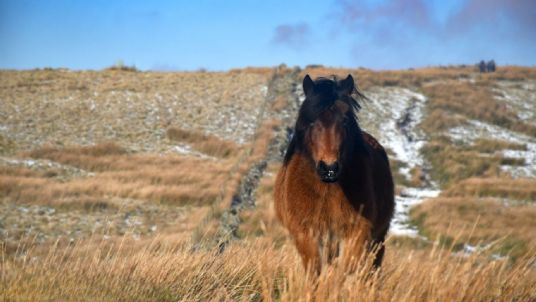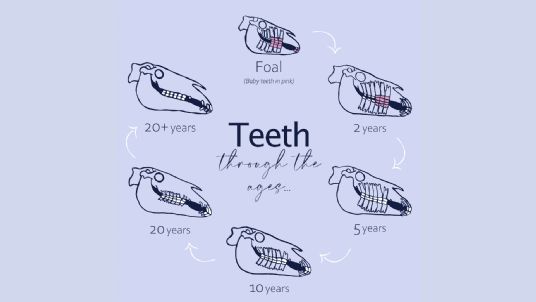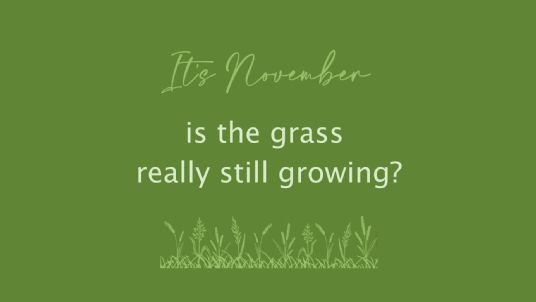Laminitis in the spring
20 April 2023
The rapid grass growth in the spring can be the cause of much worry for those with cobs, natives and other good doers.Whilst laminitis can occur at any time of year, it is most likely to occur in the spring and it can be devastating.
The majority of laminitis cases are down to diet with horses or ponies that are susceptible due to genetic influences, or carrying too much weight, at greater risk. In the spring especially, keep a close eye on your horses weight - looking out for hard crests and fat pads.
For overweight horses, a balance of increased exercise and the right level of food intake is important to help reduce the risks. It is easy to think that simply reducing grazing time, or the amount of feed in the bucket will help, where instead it could have the opposite effect. Horses who suddenly have a reduced amount to eat are more likely to gorge themselves when they have the opportunity to graze again. Instead of restricting intake, consider lower calorie options in the feed bowl - Lucie Fibre Cubes and Sainfoin Fibre Pellets are both good options. You may bulk out the feed with a chop - Organic Lucie Stalks being our lowest calorie choice. You may also wish to switch your balancer to MetaSlim, aiding insulin effectiveness and helping to optimise blood sugar levels.
Managing laminitis-prone horses and ponies can be challenging. If you would like some practical suggestions for feeding your at-risk horses, do contact our Feed Line on 01728 604 008. If you suspect your horse or pony may have laminitis, never hesitate to consult your vet.
.png)


